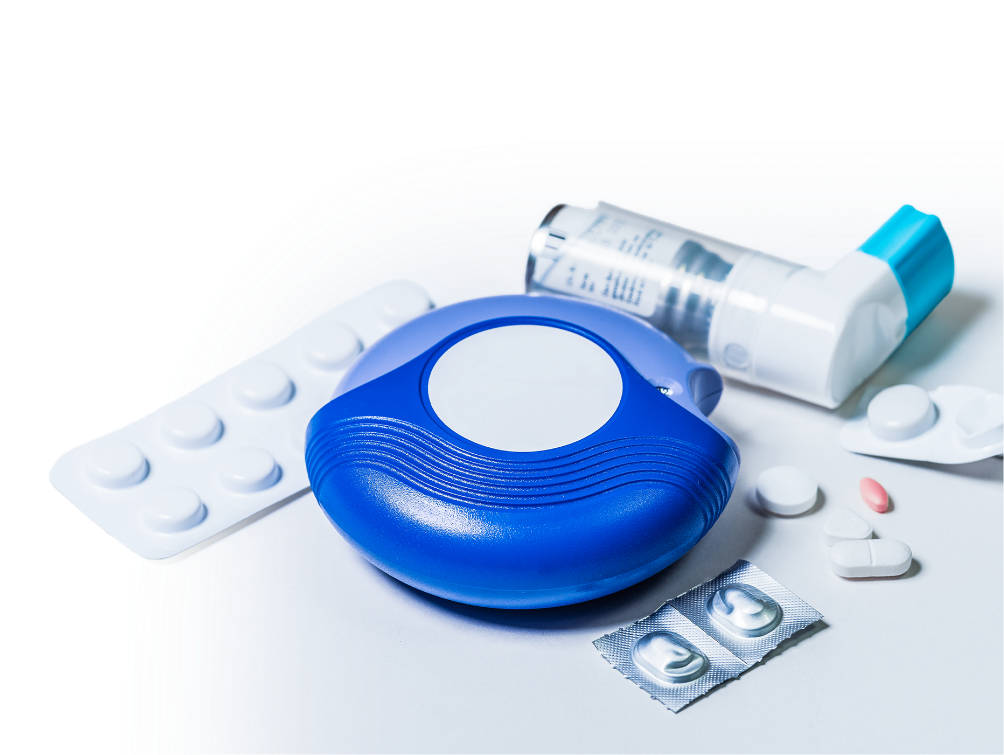Reduce risk and take E&L off the critical path
Too often, E&L studies follow a one-size-fits all approach that may only provide a superficial understanding of the risks presented by different materials and container closure systems. Solvias goes beyond this limited approach with risk-based designs tailored to fit your needs.

Unique combination of benefits
- Risk-based study designs tailored to your drug product’s unique characteristics, identifying potential issues early
- 20+ years of experience over hundreds of successful studies with no complete response letters (CRLs) or regulatory observations
- Over 99% success rate identifying all sample unknowns, using HRAM technology and proprietary and commercial databases.
- Proprietary screening methods developed and optimized for superior sensitivity and selectivity achieve the most challenging analytical evaluation thresholds (AET).
- GMP-compliant services performed in accordance with current regulations and standards, including FDA/EMA, BPSA, PQRI, and ISO 10993, USP 1663/1664, 665/1665
Comprehensive service solutions
We offer a complete portfolio of E&L services across multiple modalities from our E&L centers of excellence close to the biotech hubs of Boston, United States and Basel, Switzerland:
Pressurized metered dose inhalers (pMDI), nebulizers, nasal sprays, dry powder inhalers (DPI), and soft mist inhalers (SMI) are the highest risk drug products in terms of the potential introduction of impurities via container closure contact.
Solvias has extensive experience analyzing extractables and leachables from a wide variety of OINDP container materials. Our E&L team has deep expertise in materials science, analytical chemistry, and study design and execution, together with cutting-edge analytical technologies in our OINDP testing center.
Regulators pay increased attention to parenteral products because they are usually administered directly into the bloodstream. Higher-dose parenterals present a greater risk of container compounds leaching into the product, demanding low analytical evaluation thresholds (AET) that can be challenging to detect.
Solvias experts meet the challenge with highly sensitive E&L identification and quantification using the latest LC/MS, GC/MS and High-Resolution Accurate Mass technology.
Although orally delivered drugs are in lower risk categories, their packaging has the potential to introduce leachables. Detecting and quantifying leachables in orally delivered drugs can be challenging due to the complexity of the drug matrix.
Solvias scientists are skilled in structural evaluation of unknown compounds, drawing on our extensive database and analytical experience to provide an in-depth understanding of the E&L profile unique to your drug product.
Because topical and transdermal drugs are often formulated in the liquid phase, they present a high potential for compounds to leach from the packaging. The variety of materials and dosage forms can introduce leachables that can affect stability, potentially leading to adulteration, degradation, or reduced product efficacy.
Solvias scientists have extensive experience in designing and performing successful E&L studies for transdermal and topical drug delivery.
Single-use systems (SUS) such as films and bags, tubing, connectors, and filters may contain compounds that can leach into the drug product during processing. USP and BPOG guidance emphasize the importance of conducting risk assessments using a science-based approach.
Solvias has a long track record of successful material qualification studies for SUS manufacturers and pharmaceutical companies. The detailed E&L data we deliver can provide valuable assurance regarding a product’s safety profile.



